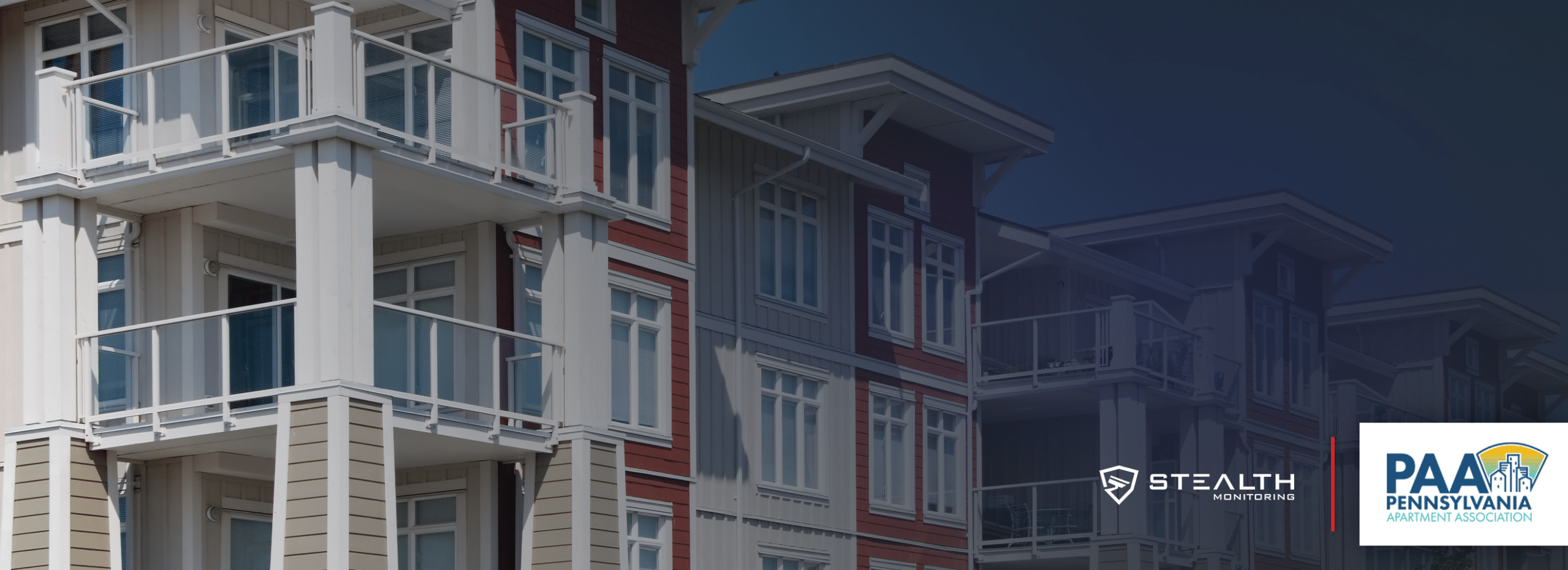You may think theft will never happen to you. However, based on the construction site theft statistics, it happens more often than you can imagine. This may be a good time to review your construction site security.
Think about the implications if theft happens at your site. It delays the project and that may lead to penalties. It drives up costs each day you don’t have the needed equipment and materials. It forces you to pay for short-term rentals. It frustrates the client who wants to see progress.
Cargo and equipment theft are serious problems in construction.
Heavy Equipment Construction Site Theft Statistics
The National Equipment Register equipment theft report indicates equipment theft costs run between $300 million to $1 billion each year with most averaging out to $400 million. This estimate does not cover the theft of building material or tools. Nor does it include damages to premises or equipment during theft. It also does not calculate business interruption losses.
Why the wide range? “At present, there is no centralized, accurate, or exhaustive database that includes every loss,” the NER report writes. They rely on multiple reports focusing on a specific area to spot trends.
NER’s findings indicate that almost two-thirds of all thefts occur in the top 10 states for equipment theft in 2016. These include:
- Texas
- North Carolina
- Florida
- California
- Georgia
- South Carolina
- Tennessee
- Oklahoma
- Arkansas
- Alabama
Areas with the highest amount of equipment tend to have the most thefts. These often occur in locations with heavy construction and agriculture activity. No type of location is safe from theft. A little more than half of the heavy equipment theft occurs on other premises. Construction sites, for example, fall under other premises. More than one-third of thefts take place on the insured’s premises. The rest occur in-transit. More on that in a moment.
The most common types of equipment stolen are:
- Skid steers
- Backhoes
- Wheeled loaders
- Tractors
NER lists the following factors for the high number of equipment theft:
- Subpar security for site and equipment
- Low chances of arrest
- Light penalties for those convicted
- Good chances of selling
- Value of the equipment
The two biggest factors thieves look for in what to steal are value and mobility. The harder it is to move the equipment, the less likely the thieves will steal it. Large excavators are worth a lot of money but are hard to move. Wheeled machines like loaders are most frequently reported stolen.
The average estimated value of stolen equipment is almost $30,000. Out of the more than 11,000 reports of equipment theft, one-fifth had recoveries. Wouldn’t these statistics more than justify the need to boost construction site security?
NER states that most thefts occur on sites with little or no security.
Cargo Theft Statistics
Remember that in-transit thefts occur the least often. However, they are still a big concern. Recall that the average estimated value of stolen heavy equipment is $30,000. That sounds high, but not after you learn the average estimated value of stolen cargo.
CargoNet puts that number at more than $150,000. In the second quarter of 2019, the estimated total of cargo theft in the U.S. and Canada reached almost $23 million. Companies pay a high price when they don’t take steps to prevent cargo theft.
The BSI and TT Club Cargo Theft 2018 Report states most U.S. and Canada cargo thefts occur when the truck is unattended. Thieves steal cargo trucks from parking lots, truck stops, and gas stations. Half of the North American cargo thefts are either theft of vehicle or theft of container/trailer. Construction materials came in third for commodities stolen, behind food / beverage and consumer products.
How to Help Prevent Cargo Theft in Construction
NER’s report advises companies to keep accurate lists of their equipment along with the PIN or serial numbers. As soon as equipment theft happens, submit those lists to law enforcement, insurers, and NER. A better option is to register serial numbers of all equipment with NER’s database before anything happens. Law enforcement has 24/7 access to that database.
This reactive approach is for recovery after the theft has happened. You can take proactive steps to help deter cargo and equipment theft. These steps will help minimize loss of equipment, project delays and angry clients.
Construction sites often have cargo coming and going. They can take steps to minimize cargo theft. The BSI and TT Club Cargo Theft 2018 Report offers risk mitigation suggestions for cargo theft. The biggest one is due diligence.
Here are the tips for doing your due diligence:
- Review freight contracts for clauses related to security
- Determine if the provisions are doable
- Implement a strong contractor selection and management process
- Create an evaluation process to approve and monitor suppliers
To deter cargo theft, enforce a rule that trucking companies must call at least 24 hours before picking up the cargo. During that call, the trucking company provides the following information:
- Driver’s name
- Carrier’s name
- Truck and trailer numbers
- Insurance information
Upon the driver’s arrival, verify the above information matches. But don’t release the load just yet. Add another layer of cargo protection by taking photos of the following:
- Driver
- Truck
- Bill of lading
Depending on your needs, you may want to look into mobile video surveillance, long-range surveillance, or license plate recognition. Some construction sites are so large that these technologies can come in handy in capturing identifying information such as the vehicle number, license plates, and the driver’s face.
How to Bolster Construction Site Security
It’s challenging to secure a construction site with its being wide open with large equipment that you can’t park in a locked garage. You can’t lock up anything inside because you’re there to build the structure.
Here’s what you can do to strengthen your construction site security.
1. Insert tracking devices in equipment
Not only do GPS tracking devices help stop cargo theft, but also equipment theft. Put covert GPS trackers in vehicles, trailers, and cargo. They can help locate stolen property. Tracking devices not only help with theft but also simple misplacement.
One thing to note is that some savvy thieves bring GPS jammers to render the GPS useless. That’s why you want to implement multiple layers in construction site security.
2. Put up good lighting
While a construction site is temporary, lighting, especially after-hours, can increase or decrease your chances of theft. If it’s dark, thieves know they can get in and out undetected. Work with a security consultant to determine the optimal lighting solution for your construction site.
A good option are dual-head LED lights on a telescoping tripod. Thieves may attempt to break the lights, but some come with an impact-resistant glass lens. The brighter the place, the more likely thieves will go elsewhere.
3. Opt for low-mobility equipment
Thieves select equipment to steal based on value and mobility. You can tie down equipment to prevent movement. Anchor equipment with brightly colored chain or cable. Remove wires or the battery to further immobilize equipment when not in use. Install theft prevention tools to disable hydraulic, electrical, and fuel systems. If not planning to use equipment for a long time, consider removing the tires. It’ll also extend the life of the tires.
4. Post warning signs
Post signs such as “No trespassing” and “Under video surveillance” as another step to deter theft. It’s important to have working cameras especially with the “Area under surveillance” sign otherwise it may become a liability issue.
5. Install fencing
Install a fence around the property to allow only one entry point. The fewer entry points, the better. This lets you check the credentials of people entering your property. You’ll also gain greater control over managing deliveries.
Yes, people can cut or climb fences. You can put barbed wires on top. Again, it’s another barrier to entry. You want as many barriers as possible. It’s still much cheaper than the cost of theft or vandalism.
6. Implement video surveillance
Unlike tracking devices and etching serial numbers on equipment, a video surveillance system takes a proactive approach to construction site security. It can help stop crime and damage before it happens. A trained operator watches for suspicious activity in real-time. Upon seeing a trespasser, the operator can send a warning through an on-site speaker. This deters some trespassers.
If someone advances, the operator can call law enforcement with a live report. The operator can continue tracking the suspect while updating the police.
A video surveillance system also records all activity. When something happens during non-monitoring hours when no one is watching the cameras, trained analysts can quickly search through hours of footage to locate the suspicious activity. The customized reporting and delivery of video evidence saves time and money.
Construction site security with video surveillance gives you the biggest bang for the buck because it does more than deter crime. The technology can help mitigate liability issues.
It maximizes your construction site security investment for a fraction of the cost of security guards. Management will have a peace of mind knowing someone has eyes on the property and everything is recorded for later review. Video surveillance cameras can help reduce risk, liability, and fraud.
To learn about construction video surveillance, check out the Construction Security and Safety Best Practices guide or contact us.





